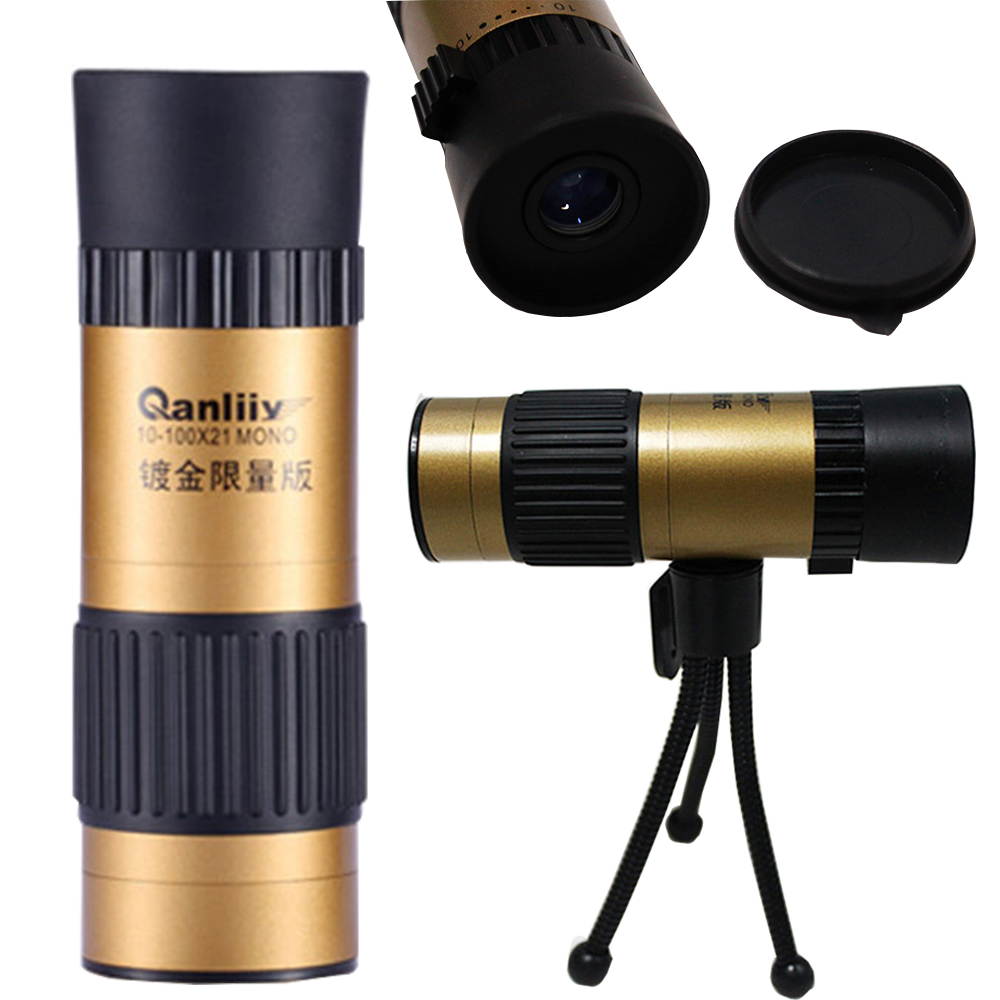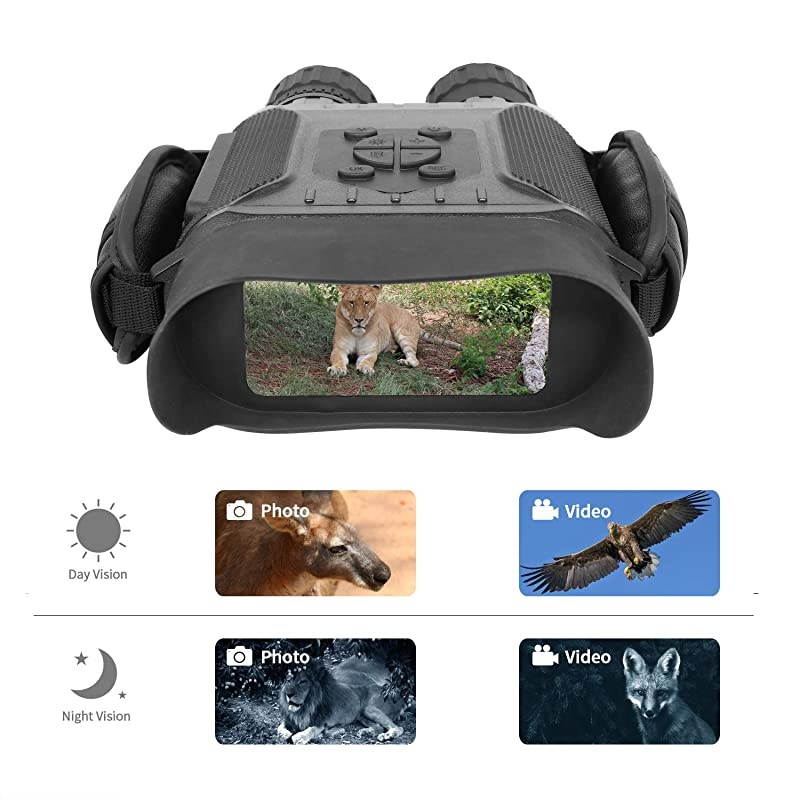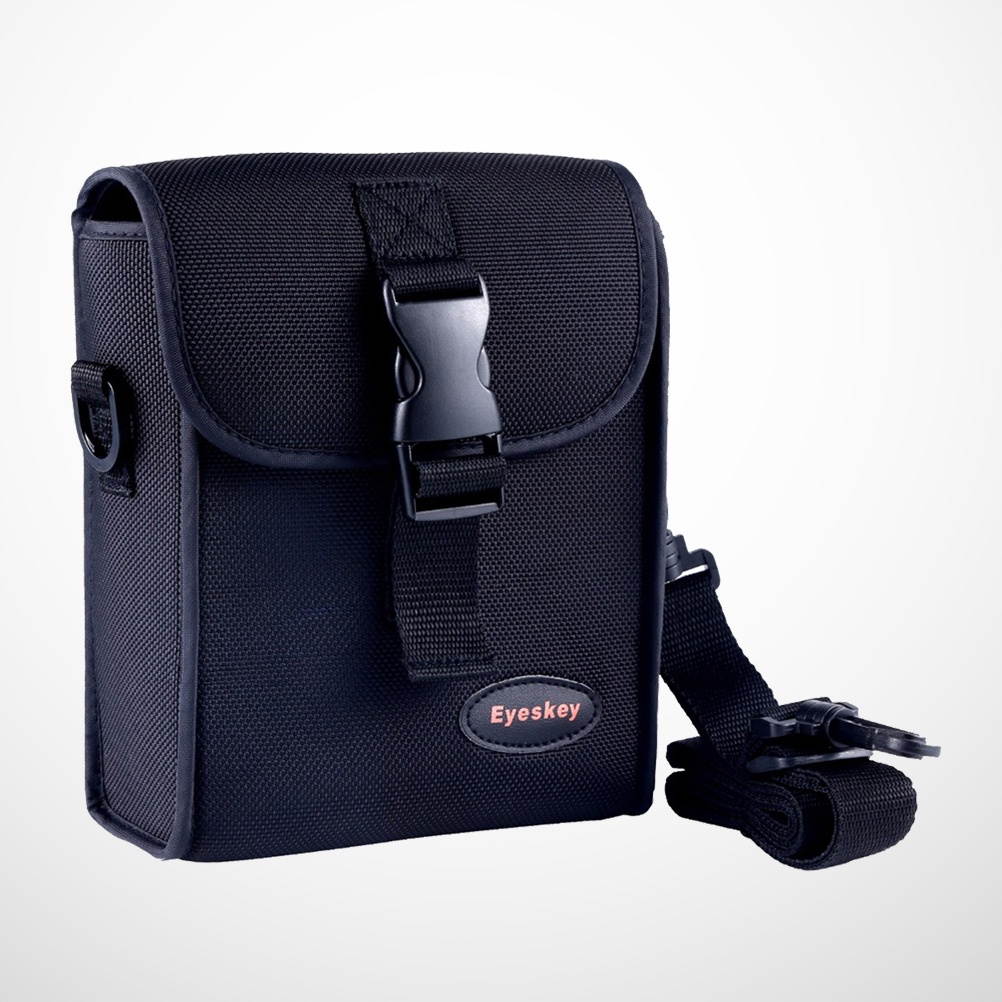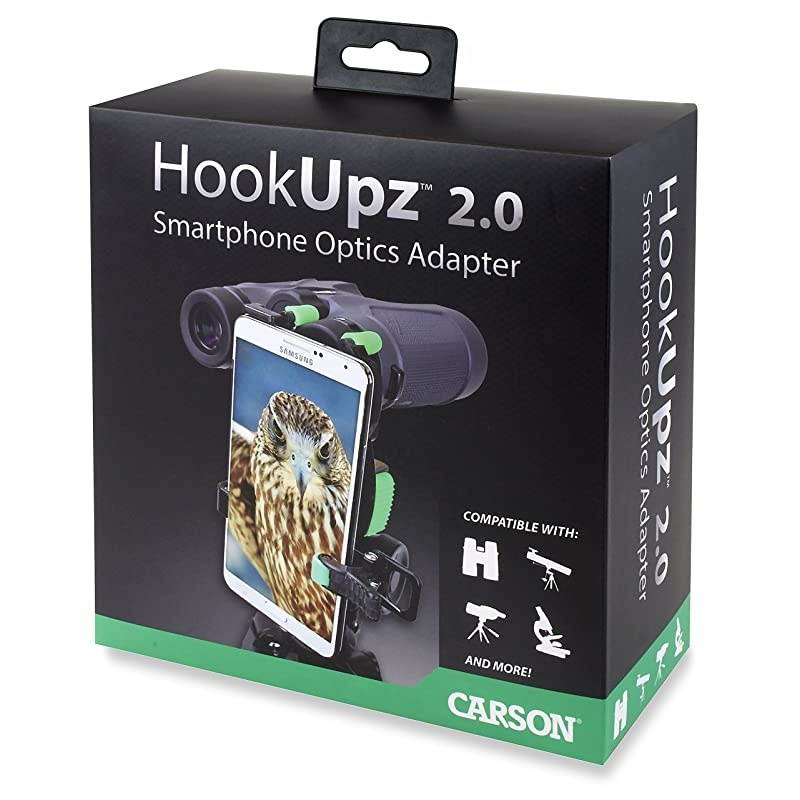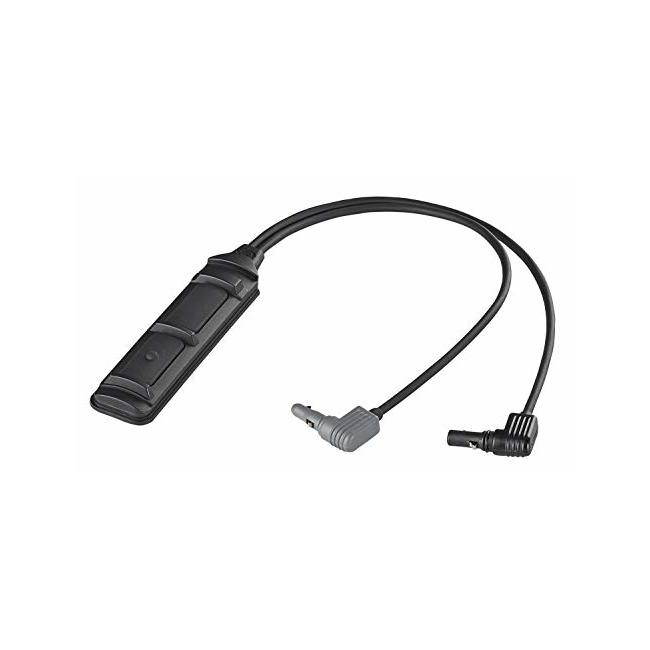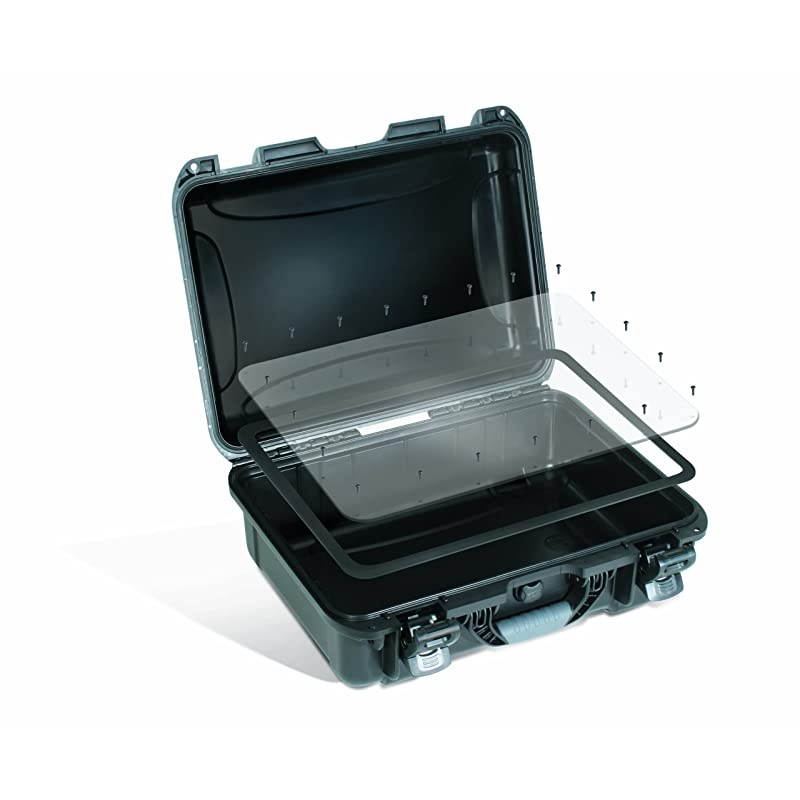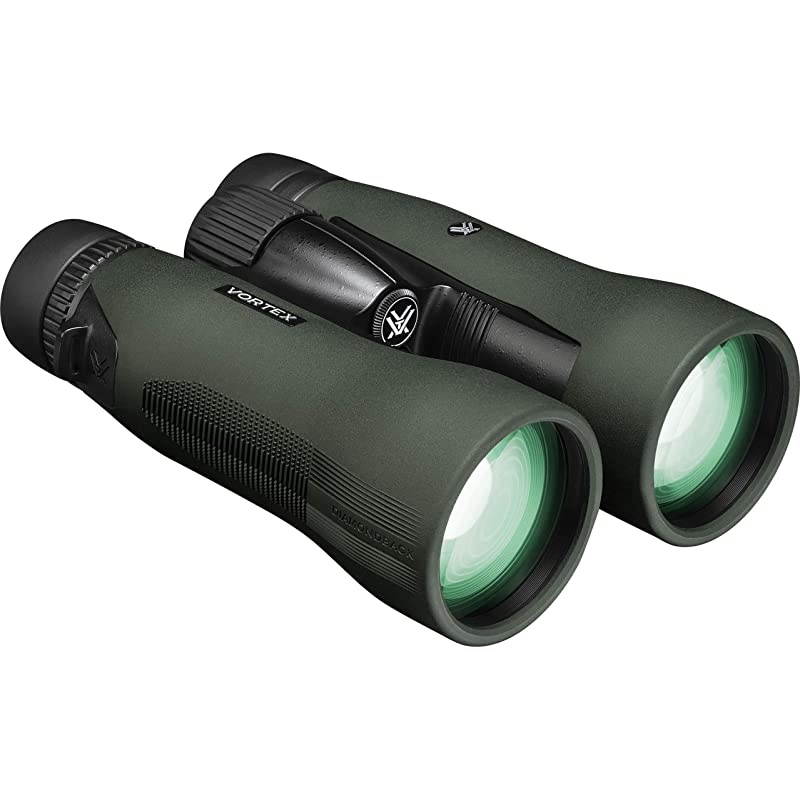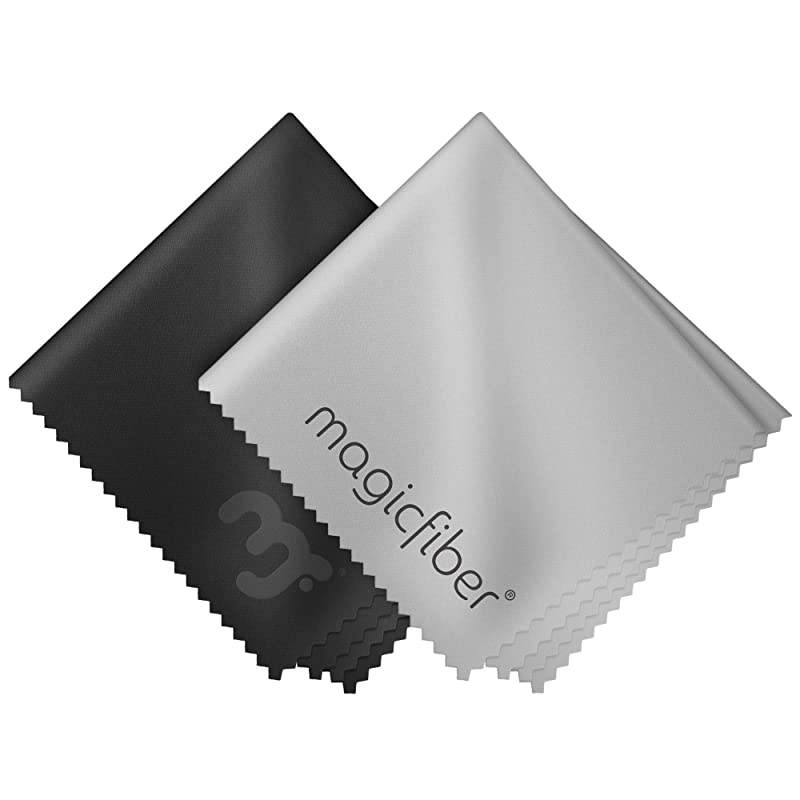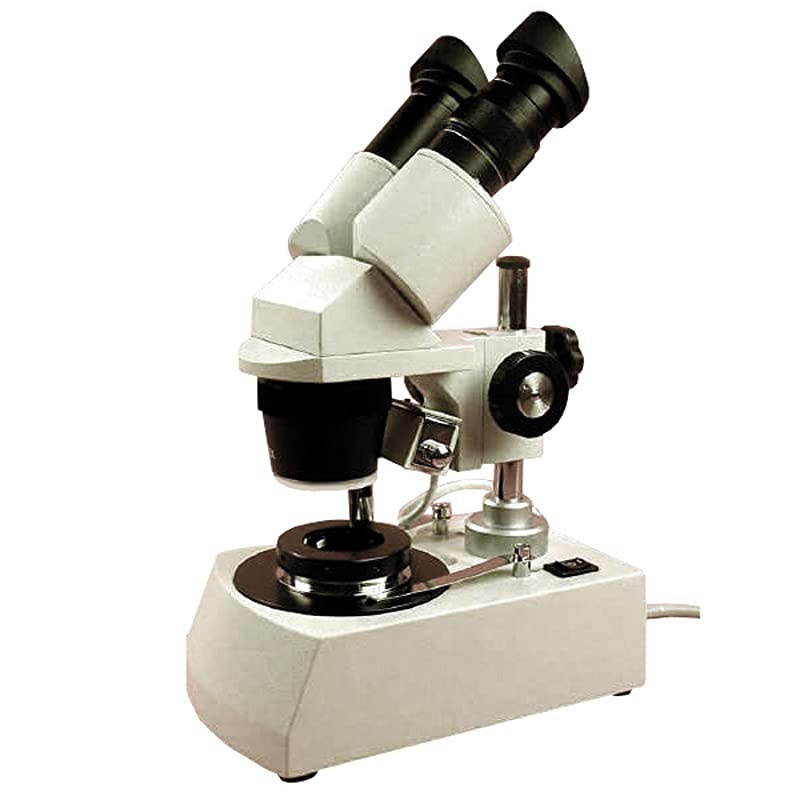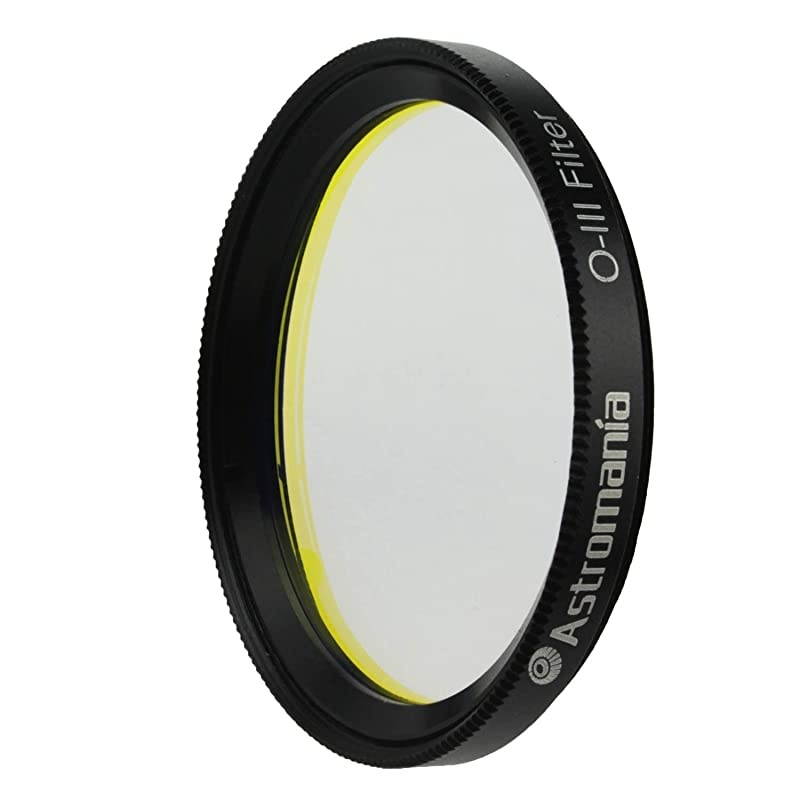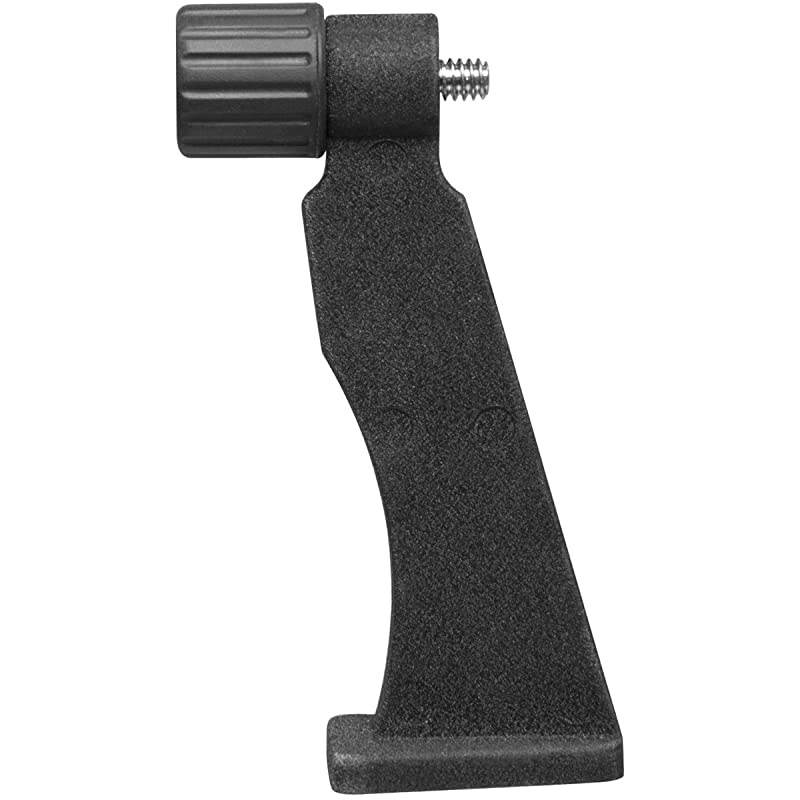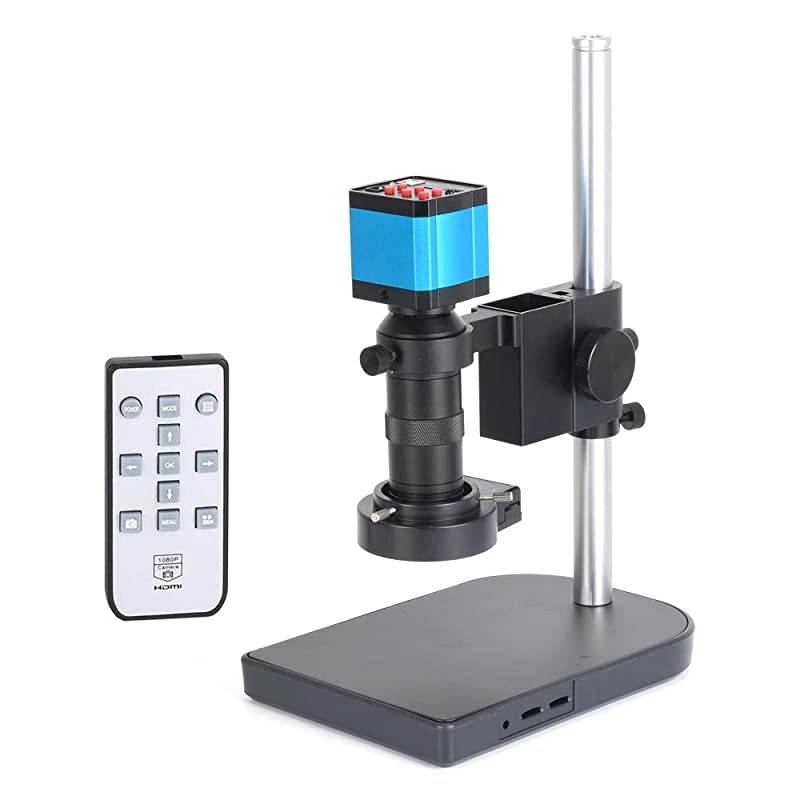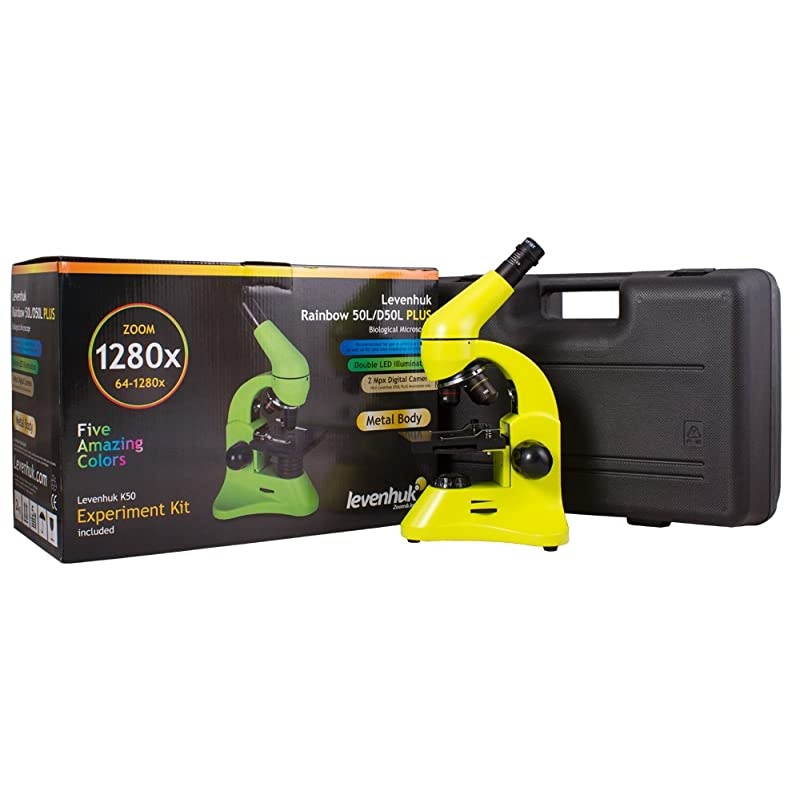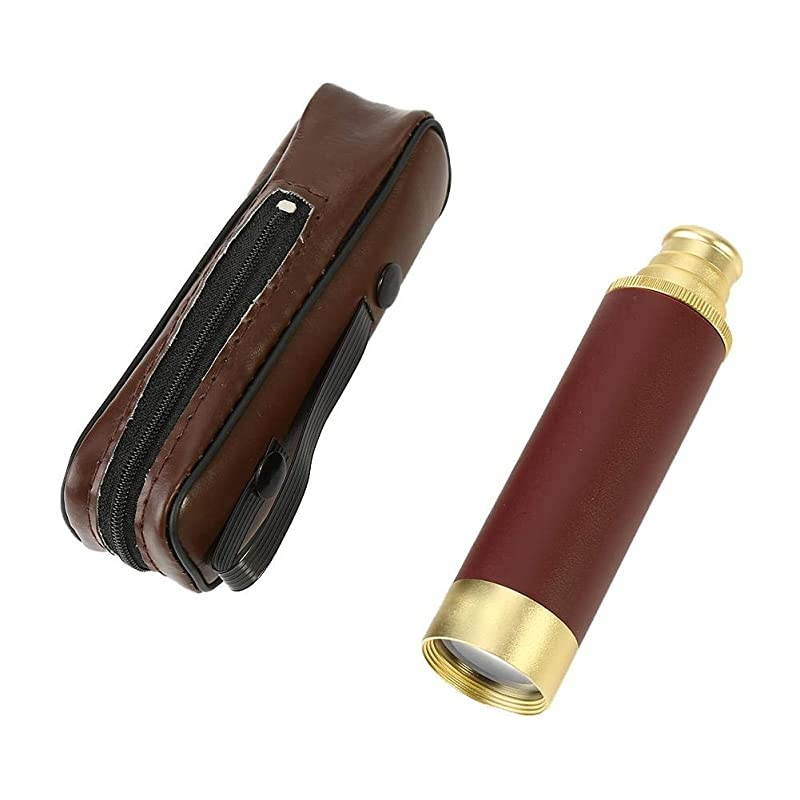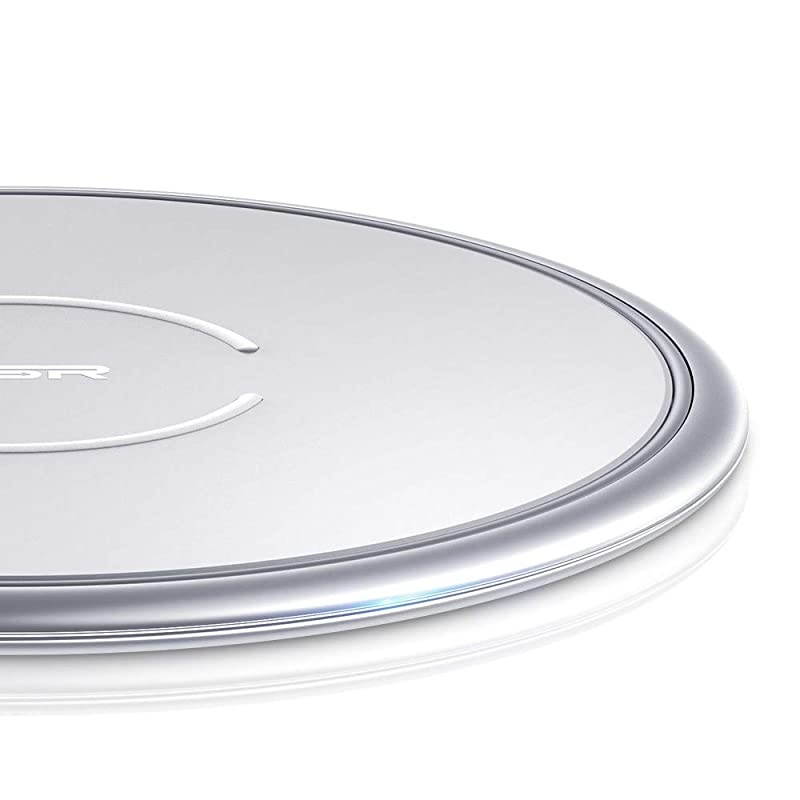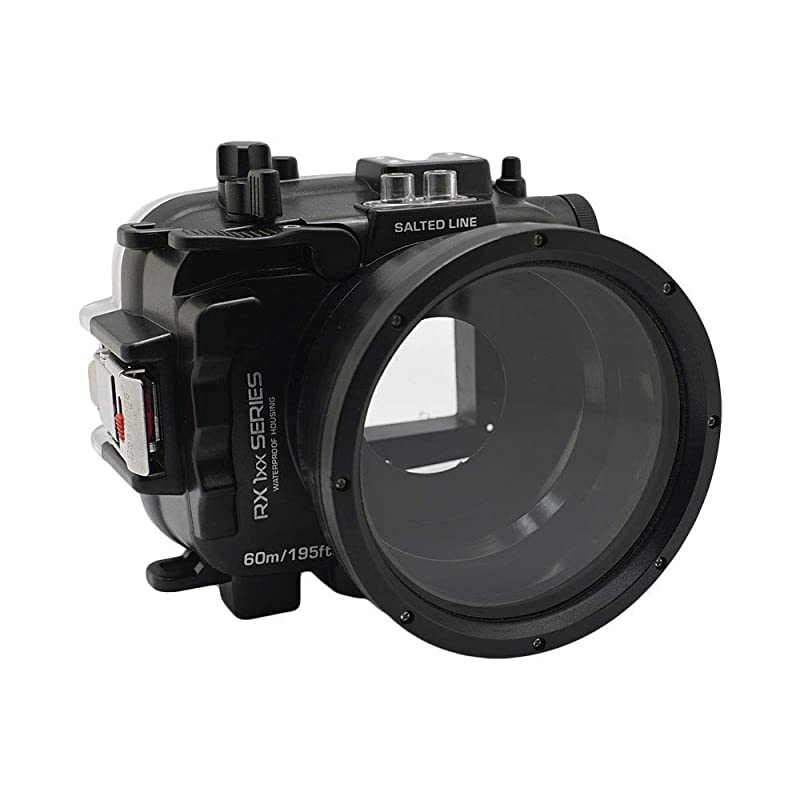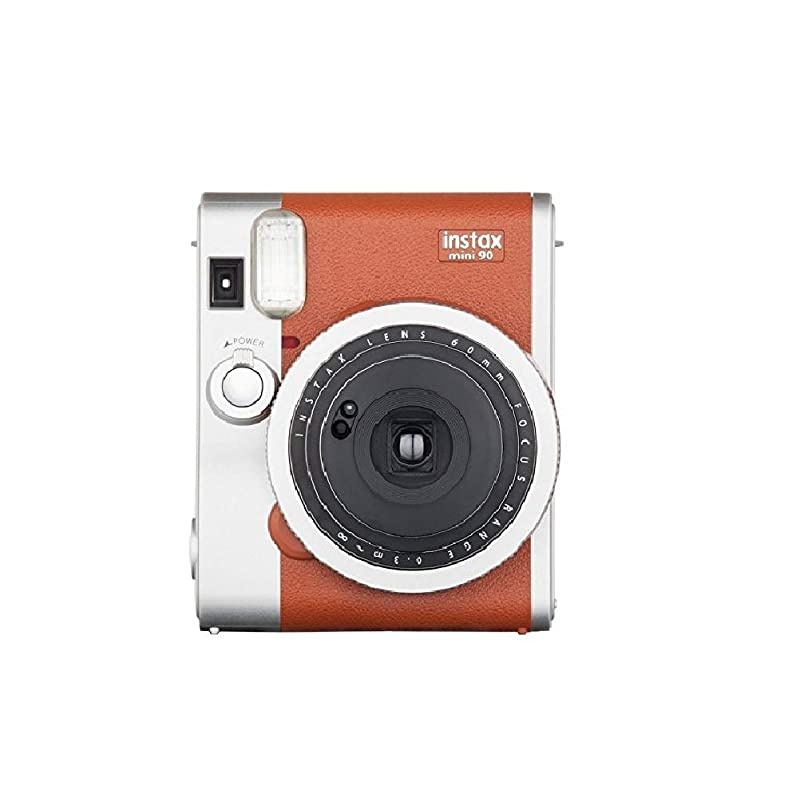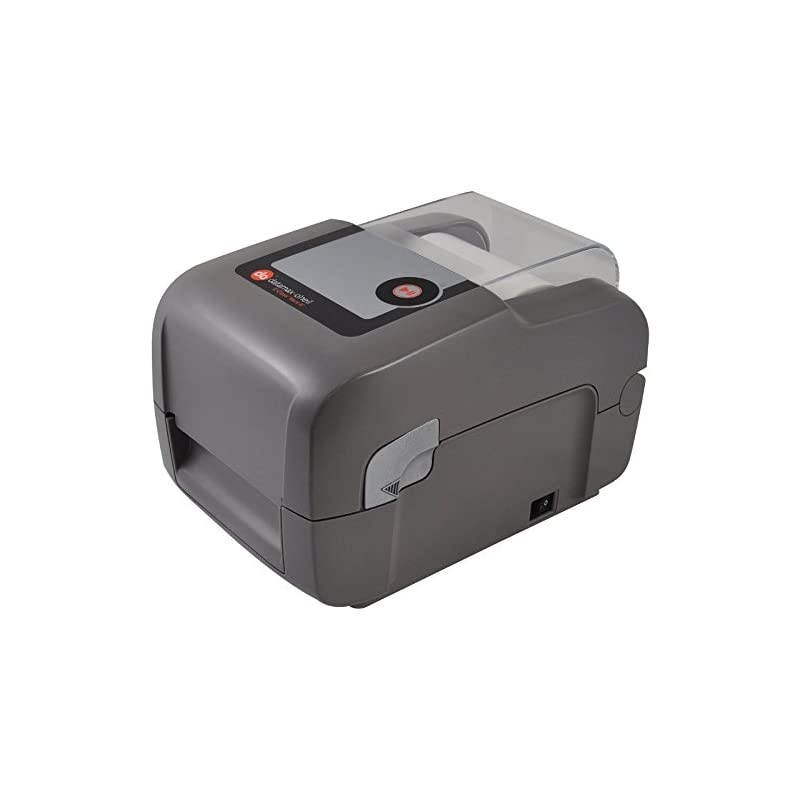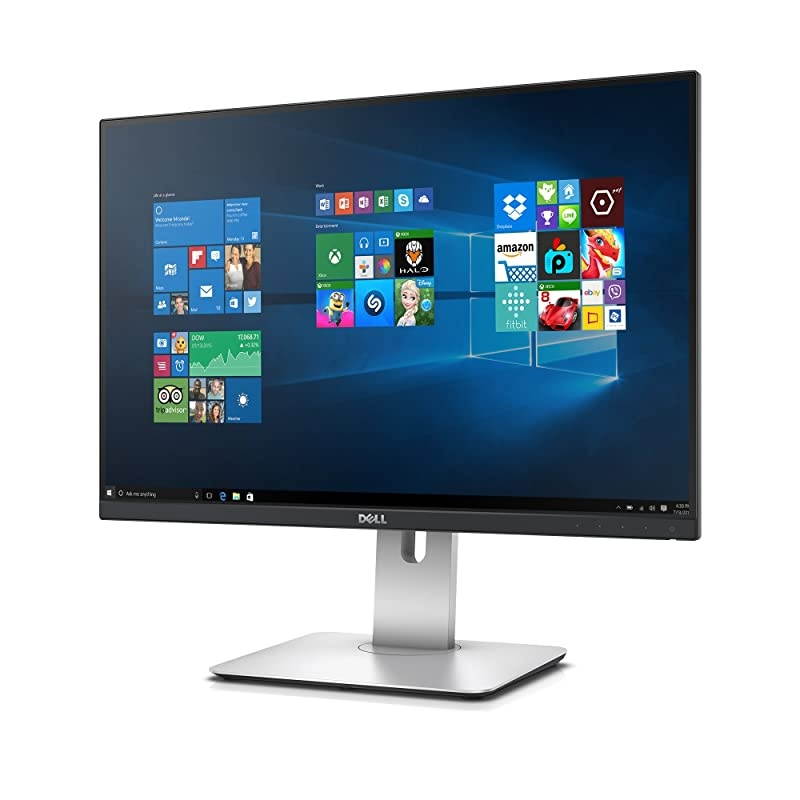Trusted shipping
Easy returns
Secure shopping
Buy 3000F-LED Basic Monocular Compound Microscope, WF10x Eyepiece, 40x-400x Magnification, Brightfield, LED Illumination, Disc Diaphragm, Plain Stage, 110V in United States - Cartnear.com
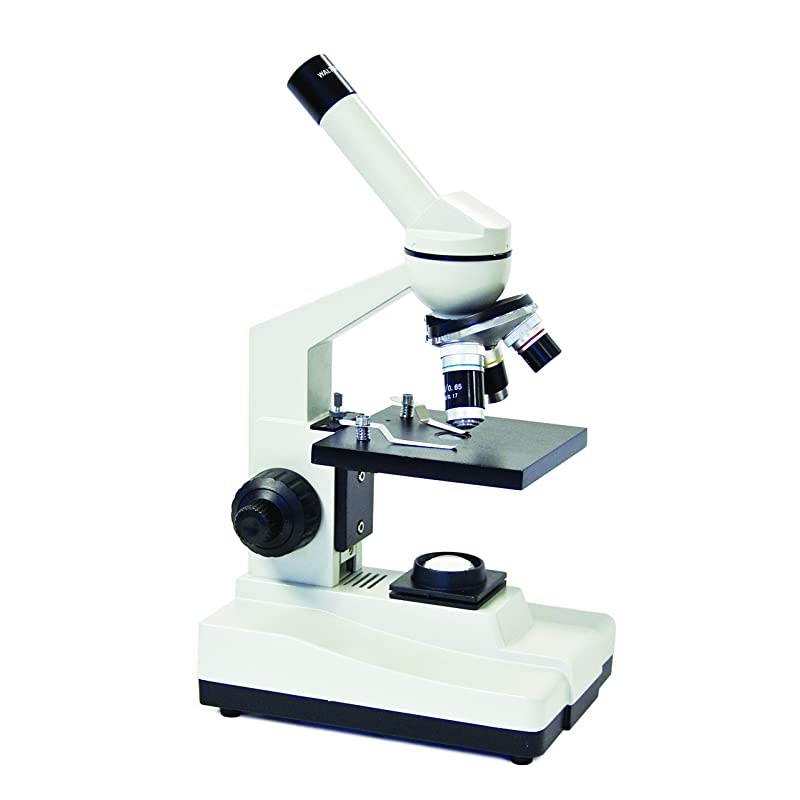
3000F-LED Basic Monocular Compound Microscope, WF10x Eyepiece, 40x-400x Magnification, Brightfield, LED Illumination, Disc Diaphragm, Plain Stage, 110V
CTNR1456014 CTNR1456014DAMA
2027-01-06
/itm/3000f-led-basic-monocular-compound-microscope-wf10x-eyepiece-40x-400x-magnification-brightfield-led-illumination-disc-diaphragm-plain-stage-110v-1456014
USD
256.39
$ 256.39 $ 261.62 2% Off
Item Added to Cart
customer
*Product availability is subject to suppliers inventory
SHIPPING ALL OVER UNITED STATES
100% MONEY BACK GUARANTEE
EASY 30 DAYSRETURNS & REFUNDS
24/7 CUSTOMER SUPPORT
TRUSTED AND SAFE WEBSITE
100% SECURE CHECKOUT
The 3000F-LED Basic Monocular Compound Microscope has a 10x widefield eyepiece with pointer, a forward-facing nosepiece with three DIN achromatic objectives that are parcentered and parfocal, LED illumination, nested coarse and fine focus, disc diaphragm, and a plain stage with stage clips. The monocular viewing head has a fixed inclination to reduce eye and neck strain, and rotation capability to enable sharing. An eyepiece pointer is used to identify features for students. A forward-facing nosepiece eases changing objectives. Achromatic objectives provide color correction of magnified images. Parcentered and parfocal objectives ensure that the image stays centered and focused when the magnification is changed.
The 40xR objective is retractable and spring-loaded to prevent damage to the slide or objective when focusing. A basic compound microscope is used in classroom, home school, and hobbyist settings for inspection and dissection of specimens when two-dimensional images are desired. The microscope has lower (diascopic) brightfield illumination that transmits light up through the specimen for enhanced visibility of translucent and transparent objects. Brightfield (BF) illumination allows the specimen to absorb light, resulting in a dark image on a light background. The LED light source provides bright, cool light for working with temperature-sensitive or live specimens.
A disc diaphragm controls the amount of light illuminating the specimen. The plain stage has an opening for light transmission, and stage clips to secure the slide or specimen in place while viewing. Coaxial coarse and fine focus knobs are nested to speed focusing for left-and right-handed viewers. A stage stop prevents the stage or specimen from coming into contact with the objectives. Microscope Head and Optics SpecificationsHeadMonocularMagnification range40x-400xHead inclination45 degreesEyepieceWF10x with pointerNosepieceForward-facingObjectives, DIN achromatic, parcentered, parfocal4x, 10x, 40xR (retractable) Microscope Illumination and Stage SpecificationsFocus typeCoaxial nested coarse and fineCondenser 0.65 NALight sourceLEDDiaphragmDisc, five-holeIllumination typeBrightfieldStage typePlainPower110VMicroscopes are instruments used to enhance the resolution of an object or image.
Types include compound, stereo, or digital. Compound microscopes use a compound optical system with an objective lens and an eyepiece. Stereo microscopes show object depth in a three-dimensional image. Digital microscopes are used to display an image on a monitor, rather than looking through a lens. Microscopes can have monocular (one), binocular (two), or trinocular (three) eyepieces, with varying magnification abilities. Magnification ability refers to the size of an image. Resolution, also known as resolvant power, refers to the clarity of the image. The interaction between field of view (FOV), numerical aperture (NA), and working distance (WD) determines resolution.
Microscopes can control magnification through a fixed focus, or through a range of adjustments. They can also utilize LED, fluorescent, and mirror light sources to help control viewing capabilities. Microscopes are widely used in education, lab research, biology, metallurgy, engineering, chemistry, manufacturing, and in the medical, forensic science, and veterinary industries. distributes microscopy and laboratory equipment and supplies. The company, founded in 1987, is headquartered in Windsor, ON, Canada. What's in the Box? 3000F-LED Basic Monocular Compound MicroscopeWF10x eyepiece4x DIN achromatic objective10x DIN achromatic objective40xR (retractable) DIN achromatic objectiveDust coverInstructions
The 40xR objective is retractable and spring-loaded to prevent damage to the slide or objective when focusing. A basic compound microscope is used in classroom, home school, and hobbyist settings for inspection and dissection of specimens when two-dimensional images are desired. The microscope has lower (diascopic) brightfield illumination that transmits light up through the specimen for enhanced visibility of translucent and transparent objects. Brightfield (BF) illumination allows the specimen to absorb light, resulting in a dark image on a light background. The LED light source provides bright, cool light for working with temperature-sensitive or live specimens.
A disc diaphragm controls the amount of light illuminating the specimen. The plain stage has an opening for light transmission, and stage clips to secure the slide or specimen in place while viewing. Coaxial coarse and fine focus knobs are nested to speed focusing for left-and right-handed viewers. A stage stop prevents the stage or specimen from coming into contact with the objectives. Microscope Head and Optics SpecificationsHeadMonocularMagnification range40x-400xHead inclination45 degreesEyepieceWF10x with pointerNosepieceForward-facingObjectives, DIN achromatic, parcentered, parfocal4x, 10x, 40xR (retractable) Microscope Illumination and Stage SpecificationsFocus typeCoaxial nested coarse and fineCondenser 0.65 NALight sourceLEDDiaphragmDisc, five-holeIllumination typeBrightfieldStage typePlainPower110VMicroscopes are instruments used to enhance the resolution of an object or image.
Types include compound, stereo, or digital. Compound microscopes use a compound optical system with an objective lens and an eyepiece. Stereo microscopes show object depth in a three-dimensional image. Digital microscopes are used to display an image on a monitor, rather than looking through a lens. Microscopes can have monocular (one), binocular (two), or trinocular (three) eyepieces, with varying magnification abilities. Magnification ability refers to the size of an image. Resolution, also known as resolvant power, refers to the clarity of the image. The interaction between field of view (FOV), numerical aperture (NA), and working distance (WD) determines resolution.
Microscopes can control magnification through a fixed focus, or through a range of adjustments. They can also utilize LED, fluorescent, and mirror light sources to help control viewing capabilities. Microscopes are widely used in education, lab research, biology, metallurgy, engineering, chemistry, manufacturing, and in the medical, forensic science, and veterinary industries. distributes microscopy and laboratory equipment and supplies. The company, founded in 1987, is headquartered in Windsor, ON, Canada. What's in the Box? 3000F-LED Basic Monocular Compound MicroscopeWF10x eyepiece4x DIN achromatic objective10x DIN achromatic objective40xR (retractable) DIN achromatic objectiveDust coverInstructions

